|
We began our 40 Hours Devotion for Vocations last week with so many blessings that we should be grateful for. Within that weekend, the responsorial psalm proclaims to us the greatness of God’s love for each one of us for our families and communities. Our parish is so blessed that on Saturday, June 22, 2024, the daughter of Andrew and Karen Serafini, Sr. Eve Mary (formerly Mary Serafini), had her first vows as a Sister of Life at Sacred Heart Church in Suffern, New York, dedicated to protecting and enhancing the sacredness of human life. Both parents are actively involved in our ministries and organizations. It was also the same weekend that Vicky Oliphant's daughter, Sister Aimee Marie (formerly Lindsay Oliphant), went home to join her mother, Vicky, to visit her grandmother in Nova Scotia, who has health issues. These two consecrated Sisters are powerful testaments of God blessing our families and communities as seedbeds of vocations for priesthood and consecrated life. From the comments, sharing and experiences of our Adorers, they were telling me that spending an hour or two before the Lord in the Blessed Sacrament in continuous prayer was truly renewing and nurturing one’s spiritual life. It was not only moments of personal connection with the Lord, but of deepening one’s intimacy with Him in Adoration. Many, including Bishop McGrattan, had recommended holding it at least once a year in every parish.
0 Comments
I have experienced this improved hearing when hiking three of Waterton’s Front Range Six because each peak taught a spiritual lesson. Lesson One: Preparation Matters When I accepted the invitation to hike Bertha Peak, I was not fit enough to ascend twelve hundred meters on a 15 km out-and-back trail. I hate being embarrassed more than I hate working out, so I started getting up early and doing a high intensity workout in my basement consisting of thousands of squats and lunges to get my legs, heart, and lungs ready for stairclimbing at high altitude. I then followed my workout with a 40-minute walk with my wife before biking to work. The spiritual parallel is that I also needed to build a routine of prayer and spiritual reading and do it every day (even when I didn’t feel like it). When I started the permanent diaconate program, I did not have prayer routine, but St. Paul tells us to pray unceasingly and give thanks in all circumstances. This takes discipline and practice, and prayer became part of my morning workout. The liturgical calendar exemplifies the need for preparation beautifully. Advent and Lent provide sacred times to make way for the Lord’s presence at Christmas and Easter. The mountaintop experience (like Christmas morning) is short-lived, but the weeks of preparation are essential to experiencing the fullness of incarnational joy throughout the year. Daily prayer, even when it’s dry and boring (perhaps especially when it’s dry and boring) tunes us in to God’s frequency. Lesson Two: It’s Easy to Get into Trouble Mt. Galwey was a relentless, 7-hour battle against gravity that mirrored the truism, “There is no plateau in the spiritual life.” You are either climbing or losing momentum. The Front Range Six are not technically climbs, but scrambles. Erosion creates scree, a collection of broken rocks that can become slippery and dangerous. On the way up, a dislodged piece of shale can quickly turn into a deadly projectile (helmets are recommended). On the way down, I slipped on a slab of dust covered shale and gashed my hip. It was an ordinary step, like the countless other steps I had taken that day. As I scramble towards God, the most dangerous hazards I face are the simple ones, the spiritual equivalent of a sprained ankle. My pride makes it easy to step into sin, and the step that puts my soul in danger will look and feel like every other step I have taken successfully because the devil uses my overconfidence against me.
This could have been my peak of disappointment, but God revealed to me what he wanted me to see: the reward is not up to me. My job is to put in the work, ascend towards him, and accept what he offers. At the foggy peak, I remembered a question from Rabbi Harold Kushner’s The Lord is My Shepherd: Do you love me because I am God and give you everything you want, or do you love me because I am God? My routine of daily prayer enabled me to receive this message about humility and recognize how often I superimpose my desire on God’s plan. Much of what I see depends upon what I am looking for. If I want to find reasons to doubt God or be angry with the Church, I don’t have to look very hard. But if I trust that God’s love means that he always has something to teach me, I will find that too, not because I am naïve, but because he promised, “Seek and you shall find.” I sought Him in the mountains, and He was there (but He was with me in the basement, too).
In preparation for the great feast of Pentecost, let us ask for an outpouring of grace into our hearts, and implore the Holy Spirit to send the grace of renewal to all the parishes in the Diocese of Calgary. Novena to the Holy Spirit starts this Friday, May 10, 2024.
Despite the bad weather and slippery roads, numerous parishioners of all ages came to St. Mary’s Cathedral for the 40 Hours Devotion for Vocations in the Diocese of Calgary, which commenced on Friday, March 1, at St. Mary's Cathedral. From 7 a.m. that Friday until 11 p.m. on Saturday, Jesus Christ was solemnly exposed on the Altar in the monstrance. The faithful gathered to adore Him and pray for the needs of the Church and the world, particularly for vocations to the priesthood and consecrated life. The 40 Hours Devotion is a centuries-old tradition of continuous prayer before the Blessed Sacrament in solemn exposition, held successively in different Churches for special intentions. On Ash Wednesday of this year, Bishop McGrattan wrote a pastoral letter promoting the 40 Hours Devotion in the Diocese of Calgary for the special intention of vocations to the priesthood and consecrated life. In the spirit of Diocesan Renewal, the Bishop invited all parishes in the Diocese to take turns holding the Devotion. “Through this initiative of the 40 Hours Devotion for Vocations,” he wrote, “we will in time see the fruits of our prayer as the Lord sends out labourers into his harvest, including into the local Church of the Diocese of Calgary.” To launch the Devotion, Bishop McGrattan celebrated the Cathedral’s regular Friday 7:30 am Mass. In addition to silent adoration, the agenda for the 40 Hours at the Cathedral comprised three additional Parish Masses, recitation of the Rosary before Masses, the Divine Mercy Chaplet at 3 pm on both days, sacred music, and brief talks delivered by three Priests. During Mass, the Blessed Sacrament was reposed in the Tabernacle. Priests were also accessible for Confessions throughout the entire forty hours, except during the Masses. To ensure that someone was always present when the Blessed Sacrament was exposed, St. Mary's Cathedral reached out to different groups in the Parish to come for particular hours of Adoration. This included the altar servers ministry, which is primarily comprised of young people. The Cathedral also gave parishioners the opportunity to sign up for hours of Adoration, and made it clear that an inability to commit to a specific hour was no barrier to participation. Those who found themselves free were warmly encouraged to attend whenever they could, without the pressure of signing up. The response was amazing! A total of 307 signed up from the website. Yet, the number of people who actually came was significantly higher. For two hours on Friday morning, students and staff from St. Mary’s High School took turns coming to adore Jesus Christ in the Eucharist. On Saturday morning, Fr. Avinash Colaco, Rector of the Cathedral, delivered a catechesis to students preparing for first Holy Communion and Confirmation and their parents. Although only 25 students and parents had signed up for the talk, over 45 showed up. Many people also rose to adore Jesus Christ in the middle of the night to the early morning hours. Throughout these quiet hours, an average of twelve adorers was present every hour. A security guard was assigned in the Church throughout the night to ensure the safety of the adorers and priests. The final day of the Cathedral's 33-day preparation for Consecration to the Eucharist fell on Saturday, March 2nd. As the clock struck 10:30 pm, parishioners collectively recited the Act of Consecration. This was followed by the Benediction of the Blessed Sacrament at 11 pm, with over 85 people bearing witness to this profound ceremony. The preparation and organization of the 40 Hours was conducted under the leadership of Fr. Avinash, assisted by Deacon Greg Barcelon and the Cathedral’s Parish Renewal Team. Both the 40 Hours Devotion and the Consecration to the Eucharist were announced to the Parish community for weeks in advance. “Thoughtful planning and preparation,” says Fr. Avinash, “were key to its success.”
Contributors: Fr. Derek Remus & Fr. Avinash Colaco for Faithfully. Photos courtesy of St. Mary's Cathedral.
For more information about 40 Hours of Devotion for Vocations, and to host the Devotion in your parish, contact Fr. Derek at [email protected] | Pray for our Seminarians
We lament the loss of all innocent lives and the displacement of all innocent peoples, Israelis and Palestinians, due to the ensuing war. While we pray for the eternal rest of all the deceased and for God's strength and comfort for those grieving, let us help our brothers and sisters in need.
Please donate through Development and Peace - Caritas Canada | CNEWA As we witness the humanitarian catastrophe in the Holy Land with hearts that cry out to God for an end to war and violence, the Latin Patriarch of Jerusalem, Cardinal Pierbattista Pizzaballa, has called for a day of fasting, abstinence, and prayer for peace and reconciliation. Therefore, Bishop McGrattan is calling on the Diocese to respond to the request of the Cardinal by designating Tuesday, October 17 as a Day of Prayer and Fasting for Peace in the Holy Land in the Diocese of Calgary. “We ask that on Tuesday, October 17, everyone hold a day of fasting, abstinence, and prayer. Let us organize prayer times with Eucharistic adoration and with the recitation of the Rosary to Our Blessed Virgin Mary. Although most probably in many parts of our dioceses, circumstances will not permit large gatherings, it is possible to organize simple and sober common moments of prayer in parishes, religious communities, and families.” - Cardinal Pizzaballa | Read full letter Ways to pray as an individual, with your family and the parish community….
Read: Statement by the Most Rev. William T. McGrattan, Bishop of Calgary and CCCB President, to the Catholic Faithful in Canada on the Recent Escalation of Conflict in the Holy Land - Read letter I heard the advice that if we want to grow in spiritual childhood and the gift of prayer, we should ask God to show us children at play, or with their parents. I used to work as a recreation leader for free after-school programs and day camps. What a treasury of memories this experience holds for me! Upon reflection, I feel compelled to share my experiences with the young children, as they served as a reminder of how I was called to rely on his presence as the Caring Adult in my life, especially during this special month dedicated to His Most Sacred Heart. One young man I knew from the after-school program, who I’ll call John, was 12 years old. I could see that his life was full of pressures: from his teachers who misunderstood him, abusive parents, and friends who pulled him down into the foolishness of youth. During our program, he would chat my ear off while simultaneously refusing to listen to my clear instructions. He really was quite challenging to manage, but I knew that God had made him good, and that the best place he could be during those evenings was our safe little room in which we held the program. The after-school program room was full of posters with positive sayings and chairs for the children to sit in. It was no larger than the average Adoration chapel. I loved sitting at the front, teaching the children simple social and emotional skills, and seeing their little eyes attend to me. I was delighted in every face I saw and the voices that I heard. Every so often, John would miss our program after school, preferring the excitement of his friends or video games to the calm order of the program. Because I knew he belonged there, I remember standing at the door and watching for him, allowing my heart to hope that he would come again. I also treasure the memory of a little girl who I’ll call Mary. She delighted us leaders very much, because she was always following us around, or sitting with us, telling us everything that came to her mind. Though she could be mischievous at times, whenever we corrected her, she would genuinely apologize and make an effort to do better. She was not discouraged when we reprimanded her but stayed as close as ever and audaciously expected to be loved, which she certainly was. My least favourite part of the job was giving First Aid to the children. One time, a young girl came to me with a splinter in her palm. I thanked her for her bravery in showing me, then reluctantly retrieved the First Aid kit. Using the plastic tweezers, I removed the splinter out of her hand. I cringed as she cried out in pain, but we both knew that it had to be done. She left my little “doctor’s office” smiling and calm, free to play again. During some professional development sessions, I learned about the importance of each child having a caring adult in their life. This person would be someone who sees and understands the child, expresses personal interest in their life, fills them with hope for the future, and encourages them amid the inevitable challenges of childhood. The mere presence of such a person in a child’s life, I was taught, can determine their capacity to flourish as a human being. Without receiving love in such a way, the likelihood of a fulfilling and happy adult life may diminish. Jesus reveals Himself as the Caring Adult whose Sacred Heart has a special spot for each of us. When we ask for the grace to approach Him in Adoration with faith and repentance, He knows how to teach, encourage, forgive, and heal us. This year, I signed up for a holy hour at St. Anthony’s after reading on their website that “Many rich blessings are bestowed on those who regularly adore Jesus, truly present in the Blessed Sacrament.” With a hopeful heart, I committed that time to be with Jesus, a little like the children who chose to come to our programs. He has not disappointed me. He will not disappoint you. In our diocese, a wide range of Adoration hours are offered at parishes across the Diocese. Adoremus! Let us adore Him!
Adoration Hours schedule (Summer & Fall 2023)
Monday
Tuesday
Wednesday
Thursday
Friday
Saturday
Sunday
Note that hours may change without notice. Please contact the Parish Office if you are not sure.
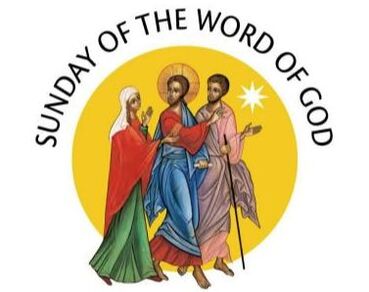 Pope Francis has declared that the Third Sunday in Ordinary Time is to be devoted to the celebration, study and dissemination of the word of God “that the life of our people be constantly marked by this decisive relationship with the living word that the Lord never tires of speaking to his Bride” (Aperuit Illis, 2). In 2024, the Sunday of the Word of God falls on January 21. 2024 Liturgical and Pastoral Handbook Here are five liturgical suggestions for making the most of this universal invitation from the Pontiff. 1. Homily Focus on the centrality of the Bible for Christians. In the Gospel, Jesus quotes what we heard in the first reading from the Prophet Isaiah. The word of the prophet is the foundation for his teaching and the call of the first disciples. In the second reading Paul tells the Corinthians that Jesus did not send him to baptize but to proclaim the Gospel and that “it is the power of God”. 2. Bless Ministers of the Word Following the Homily, invite ministers of the Word to stand (e.g. lectors, psalmists, leaders in RCIA, liturgy of the word for children, and scripture study). Bless them with hands extended: Blessed are you, Lord God, Source of all light and all goodness, you sent your Son, your living Word, to reveal to humanity the mystery of your love. Look with mercy upon these women and men who proclaim your word and lead your people closer to your teaching. Bless X them in their ministry so that they may be nourished by your Word, be transformed by it and faithfully announce it to their brothers and sisters in your Church. We praise and thank you, Father, in the name of Jesus your Son, and in the love of your Holy Spirit, God of glory for ever and ever. Amen. Adapted from the blessing of lectors in Celebrations of Installation and Recognition, copyright Concacan Inc.,2005. All rights reserved. 3. Universal Prayer Introduction to the petitions: Dear sisters and brothers, nourished and formed by God’s Word let us bring our needs and petitions before Him. In addition to the petitions you have prepared for today, include some for the Word of God to come to life in your community, for example:
Prayer at the end of the petitions: Grant, O God, that our lives be marked by your living word. Hear these, our prayers, and help us to proclaim the good news of the kingdom. Through Christ our Lord. Amen. 4. Eucharistic Prayer You might use Eucharistic Prayer III for Various Needs and Occasions (Jesus the Way to the Father). Its Preface focuses on Christ as the “Word” of God. Roman Missal p.764ff. 5. Enthroning the Bible (For use in homes, schools, and with RCIA or Bible Study groups) The faithful have shown reverence to the bible as the inspired word of God since ancient times. The enthronement of an open bible has often served as a symbolic invitation to delve into the sacred text as the source of our spiritual life. You might use this short ritual from the American Bible Society to enthrone the Bible at home, in schools, and with RCIA or Bible Study groups. 6. More Resources
Five o’clock. First light was beginning to peek through the blinds of our fifth wheel camper. I pushed past the temptation to remain snuggled under the blanket and forced myself out of bed. I was going to do it - I was going to climb a mountain (okay, a hill) to watch a sunrise and sit in the presence of my Heavenly Father. My family was spending the first week of August at Dinosaur Provincial Park, joining my in-laws for a four-day adventure in the hoodoos. Our first evening at Dinosaur Park, we’d trekked to the highest point to get a full 360 of the oddly picturesque World Heritage Site. It’s an incredible anomaly among the flattest of prairie, and it’s one of the most breathtaking landscapes I’ve ever experienced. Anybody who’s been to Dinosaur Provincial Park, 43 kilometers northeast of Brooks, knows exactly what I’m talking about: after driving through miles of prairie, the world suddenly opens up. Sandstone-striped hills, hiding who knows how many millions of fossils, seem to go on forever. Standing at the top of the mountain (okay, again, hill) and breathing in the majesty of God’s creation, I had the bright idea to climb again one morning during our trip to take in a prairie sunrise over the hoodoos and hills. Our first night camping was fraught with high winds, deafening thunder, and sheet lightning, which encouraged me to sleep in snugly that first morning (cozied up to my nine-year-old daughter, who tucked in with us at the first roll of thunder.) The following day, however, my internal alarm went off three times before I finally arose to first light at 5 am, pulled on a hoodie, and quietly slipped out of our camper while the rest of my family snoozed away. It was quiet and dark enough that I felt a little bit disconcerted (I’ve seen a rattlesnake or two at the park), but as I began my ascent, my desire to be with God on a mountaintop (hoo-doo top?) outweighed my fear. The climb was steep and slippery in running shoes, and I laughed at myself as I huffed and puffed towards the top, bolstered by Al McGuire’s quote: “There’s no one who’s dropped on top of the mountain. You’ve got to work your way to the top.” After slips and slides and gratitude that I had no witnesses, I arrived at the apex, took a deep breath, looked around, and prayed: Lord Jesus Christ, Take all my freedom, My memory, My understanding, And my will. All that I have and cherish You have given me. I surrender it all to be guided by Your will. Your grace and love and wealth enough for me. Give me these, Lord Jesus, And I ask for nothing more. Amen. 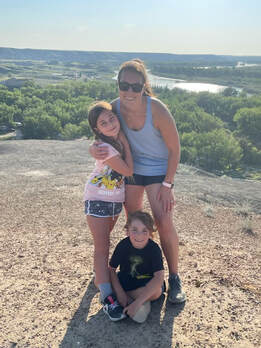 I’d never heard Saint Ignatius of Loyola’s prayer until Father Raul Hernandez, former pastor of St. Mary’s Catholic Church in Brooks, introduced me to it. It’s a prayer that I hold dear to my heart; it’s the prayer that I turn to most often, especially when I’m experiencing something uncomfortable or discouraging. I’m writing about a mountaintop experience, which juxtaposes quite jarringly with the valleys my soul had been experiencing as of late. I’d been suffering from bouts of crippling anxiety since school let out. When I’m not teaching, my mental health tends to take a dip - I slug through the valleys of dark days, sustained prayer and platitudes (as well as adherence to exercise and diet.) God has given me many tools to help me keep my head above water when anxiety sets in. When I’d finally made it to the top of the hill, I realized that I wasn’t alone: having neglected a good dose of Deet, I was joined by mosquitos, happy to keep me company as I attempted to pray and settle quietly into God’s presence. It was almost laughable - I’d stolen a moment to myself to be still, and I was busily swatting away the most loathesome of insects. It was tempting to sink into defeat, something that anxiety preys on greedily, but my repeated dedication to Jesus kept me mountaintop for over an hour. Praying… and swatting. I watched the sandstone ground warm from grey to brown as the slow light began spreading its way westward over the hills, painting everything the colour of morning. I listened to coyotes howl from the south, answered by packs from the north. I watched a flock of Canada geese in their V formation, and listened to birds honk along the shores of the Red Deer River. I sank into the majesty of God’s kingdom here on Earth. Mosquitoes and all, it was a literal mountaintop (okay, hilltop) experience. On August 6, we celebrated the Feast of the Transfiguration. After I shared that I was writing about my mountaintop morning, a dear friend of mine noted how, when prompted by Peter to set up camp at the top of the mountain, Jesus and His disciples came back down shortly after. They didn’t even stick around much longer after God acknowledged His Son. “We can’t stay in the mountaintop experiences. Even the disciples didn’t,” she noted sagely. She then asked, “what kind of transfiguration did you experience that morning?” My mountain morning allowed for a transfiguration of my hurting heart. Anxiety doesn’t just slip away at will, but God always brings me back to His love, despite the temptation to despair. Climbing the mountain may not have entirely quelled my anxiety, but I was reminded of God’s great love for me as He painted the skies, and I returned to my family with an assuaged soul (and a million mosquito bites.) His grace and his love were in abundance that morning. Give me these, Lord Jesus, and I ask for nothing more. Amen.
With today’s technology, we can enter into prayer through a guided Christian meditation using art from the comfort of our own home. This video by Fr. Geoff Wheaton SJ of the Jesuits of Britain meditating on the work of James Christensen gives us an experience of prayer with the Ten Lepers. Watch this YouTube video and meditate on our need for gratitude in our life for the God’s abundant blessings. For more videos like this, use this link for the Praying with Art playlist Consider this… “Finally, beloved, whatever is true, whatever is honourable, whatever is just, whatever is pure, whatever is pleasing, whatever is commendable, if there is any excellence and if there is anything worthy of praise, think about these things.” ~ Philippians 4:8 The Catechism of the Catholic Church 2502 says, “Sacred art is true and beautiful when its form corresponds to its particular vocation: evoking and glorifying, in faith and adoration, the transcendent mystery of God - the surpassing invisible beauty of truth and love visible in Christ, who "reflects the glory of God and bears the very stamp of his nature," in whom "the whole fullness of deity dwells bodily." This spiritual beauty of God is reflected in the most holy Virgin Mother of God, the angels, and saints. Genuine sacred art draws man to adoration, to prayer, and to the love of God, Creator and Saviour, the Holy One and Sanctifier.” Surround yourself with truth, beauty, and goodness and you will seek God. Art: Annunciation - by Ivanka Demchuk in Ukraine. Used with permission. May is a month often associated with the veneration of Mary, the mother of our Lord Jesus Christ. One meaningful way to express our devotion to her is by undertaking a Marian pilgrimage. While it is common to think of organized Marian pilgrimages as the only way to embark on one, a meaningful Marian pilgrimage may be had by simply planning one that you journey alone, with another person, or with your family or a group of friends. A key part to making a Marian pilgrimage is to embark on a physical journey to a spiritual place. This can be far which will require a considerable trek or can be short as a few blocks' walk. What is essential is the desire to offer this special homage to our Lady and to pray and reflect while going towards the destination and back. This resource provides guidance on how to make a spiritual pilgrimage (printable, one page). Here are some suggestions of destinations for your Marian pilgrimage...
Don't miss the chance to make a pilgrimage during Our Lady of the Cape statue tour in Calgary and Canmore:
Consider this...
A pilgrimage may cause some frustration or inconvenience... don't complain. Gracefully accept the sacrifice and make it an offering of love. "May you be made strong with all the strength that comes from his glorious power, and may you be prepared to endure everything with patience, while joyfully giving thanks to the Father, who has enabled you to share in the inheritance of the saints in the light." Colossians 1:11-12
Little things we can offer for peace in the world...
1. Pray
Consider this... St. Paul says, "I am now rejoicing in my sufferings for your sake, and in my flesh I am completing what is lacking in Christ’s afflictions for the sake of his body, that is, the church." ~ Colossians 1:24 We all share in the sufferings of Christ and have a part in His crucifixion. As we consciously unite ourselves to His suffering and the suffering of others, we also unite ourselves to the gift of the resurrection and new life.
To support Ukraine beyond prayersDay of Prayer and Fasting for Ukraine
Our homes hold a lot of what is near and dear to us. For starters, our family. The home provides shelter for the people we love. Aside from our belongings which we need in order to function in life, our home is a shelter for the things that define us, objects that hold special meanings. Be it a special painting, a family heirloom, or that memorable walkman from the 80s. In a Catholic home, some of the objects that hold special meaning to us are holy images or religious articles that help us think of God and the communion of the saints and the angels. Some Catholic homes have home altars or prayer corners/rooms where the family can spend time of prayer, meditation, or teaching the Faith. This YouTube vlogger, A Catholic Mom's Life, features her prayer room as a place not only to pray but also to read and hang-out as a family apart from the living room or the kitchen. Tips for starting your home altar/prayer corner or room...
Having a home altar or prayer corner/room can help us consciously make room for God in our lives. Consider this... Our homes should be a refuge, a place where everyone can come home to rest, to be nourished, and to be re-energized for the next day. Carve a place for prayer and let the peace of Christ dwell in your house. For you have been a refuge to the poor, a refuge to the needy in their distress, a shelter from the rainstorm and a shade from the heat." Isaiah 25:4 Epiphany means “manifestation”, that moment when we suddenly understand something that previously was hidden from us. Christmas is about the Incarnation, the coming down of the Son of God to become human, one of us. Epiphany is the showing of the Christ Child’s divinity, which is beginning to manifest itself in the world.
In 1673, St. Margaret Mary Alacoque received a vision of Jesus’ compassionate heart, pierced by the sins of the world, which gave impetus to the devotion of Sacred Heart of Jesus. St. Margaret Mary also received private revelations from Jesus on June 16, 1675. Read more The Church celebrates the Solemnity of the Sacred Heart of Jesus on the Friday following the second Sunday after Pentecost. The term "Sacred Heart of Jesus" denotes the entire mystery of Christ, the totality of his being, and his person considered in its most intimate essential: Son of God, uncreated wisdom; infinite charity, principal of the salvation and sanctification of mankind. The "Sacred Heart" is Christ, the Word Incarnate, Saviour, intrinsically containing, in the Spirit, an infinite divine-human love for the Father and for his brothers. (Directory on Popular Piety and the Liturgy). Sacred Heart of Jesus Resources
|
Author
Catholic Pastoral Centre Staff and Guest Writers Archives
July 2024
Categories
All
|




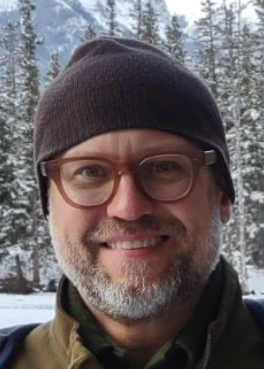
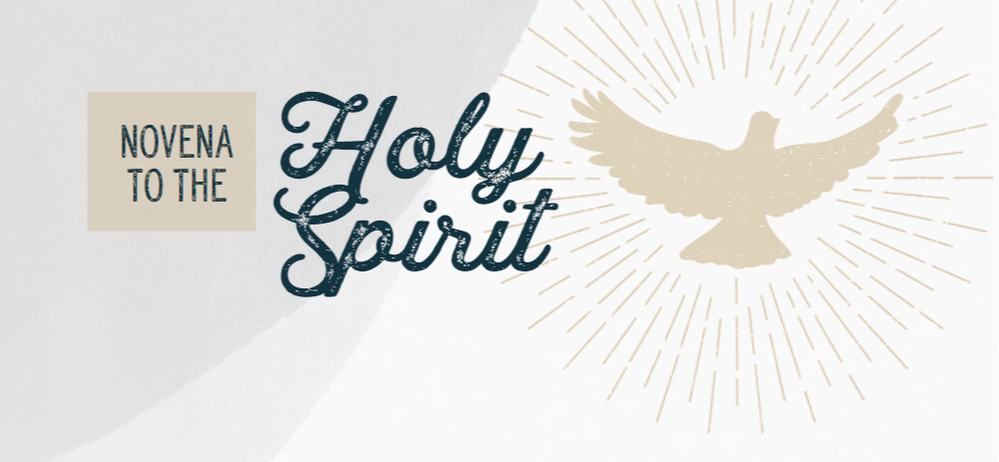
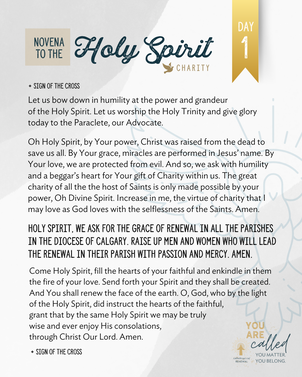
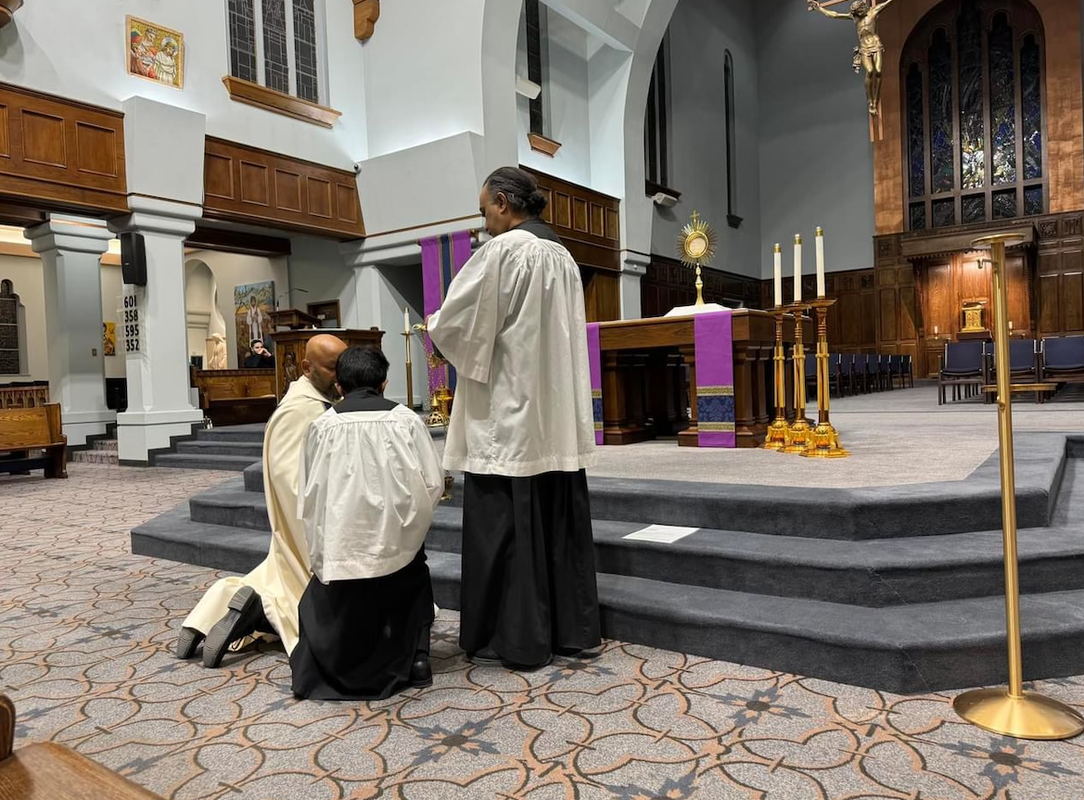
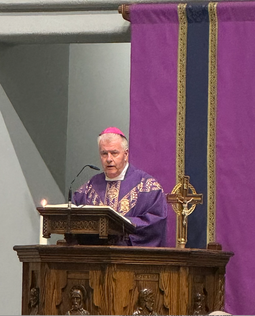
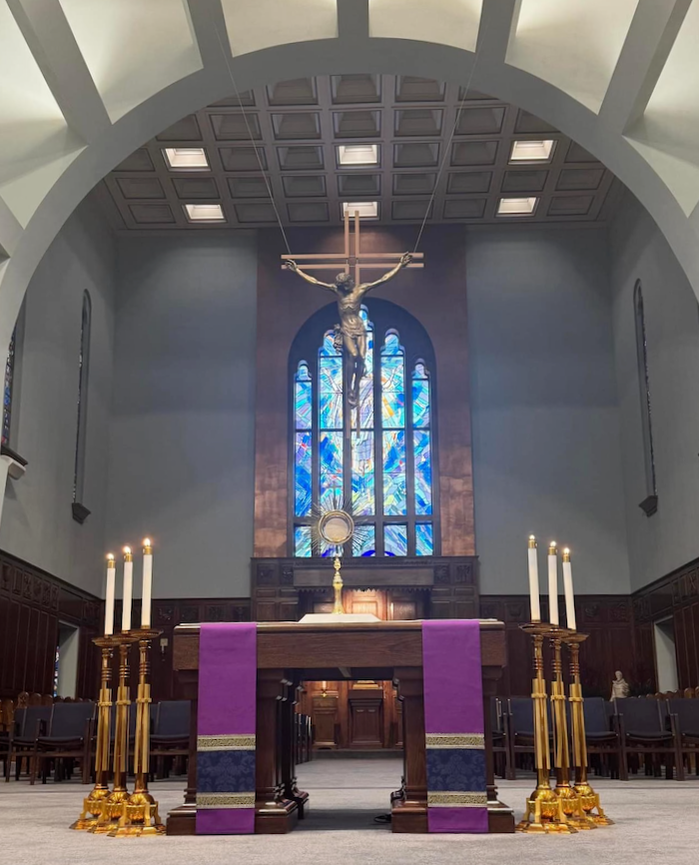
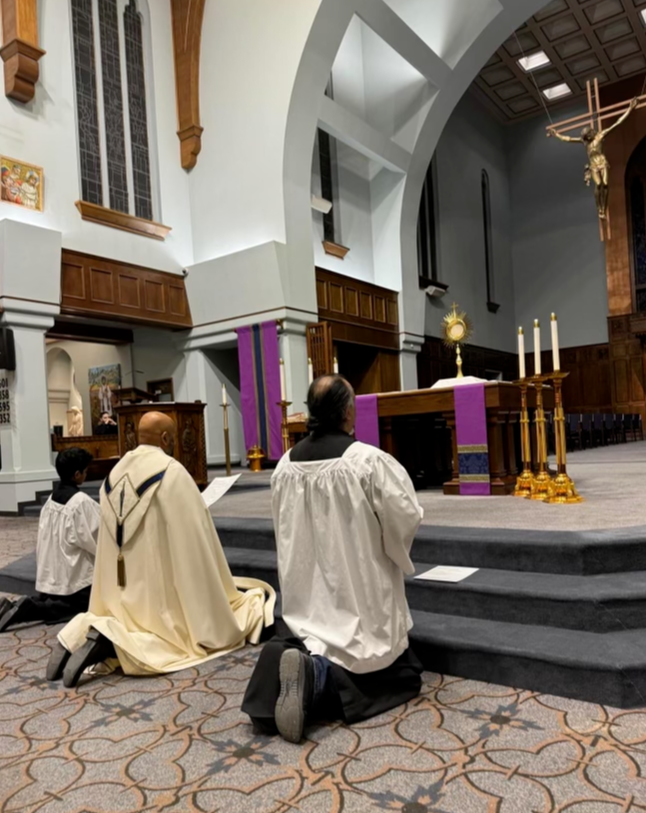
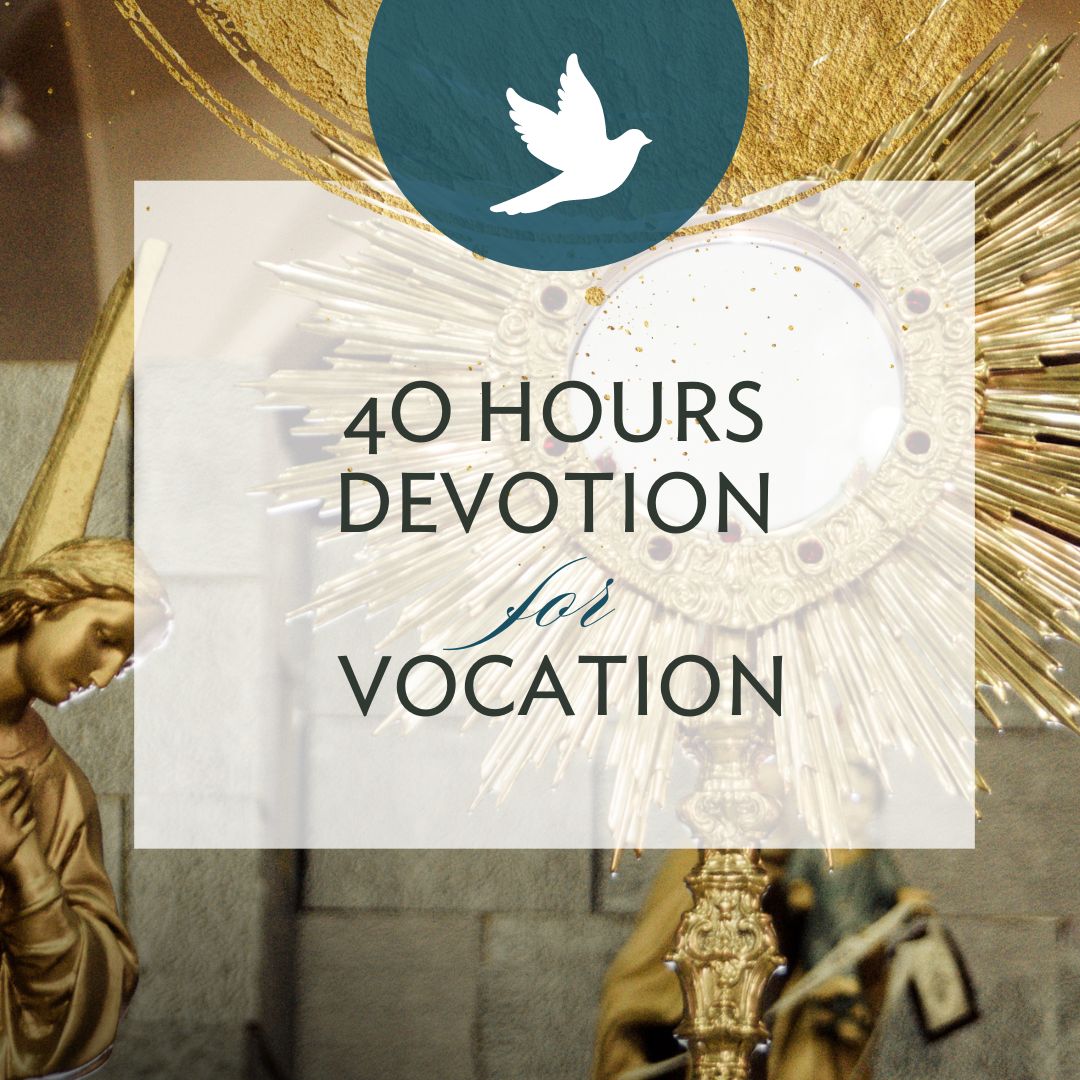
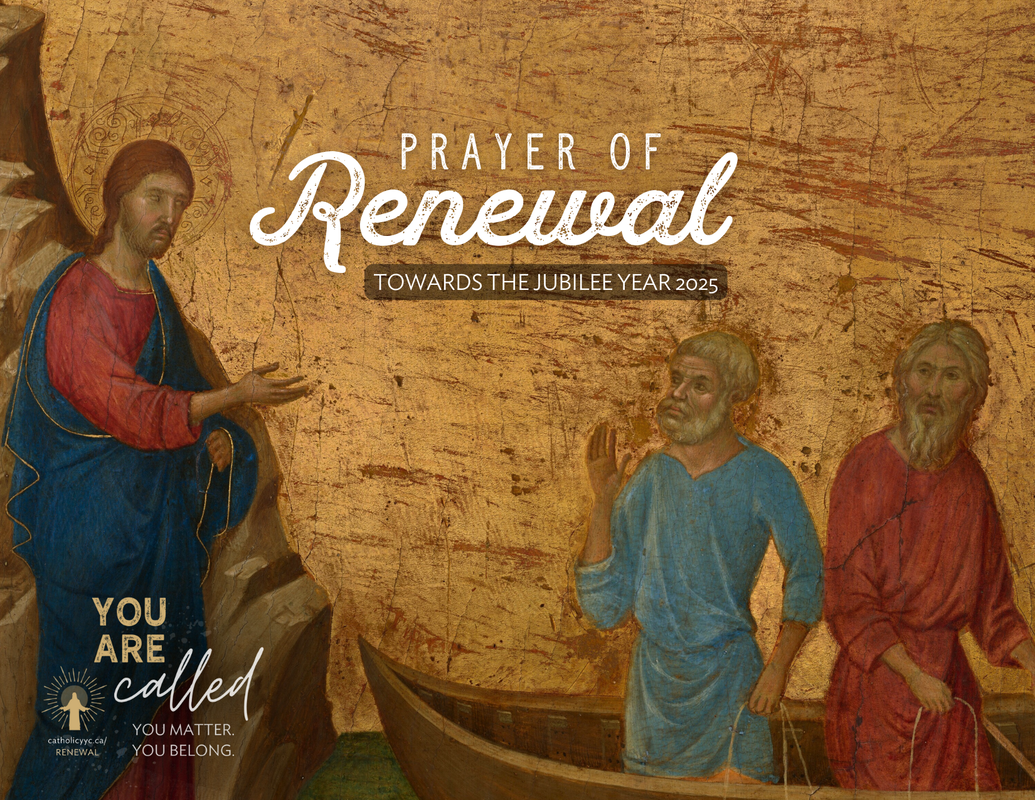

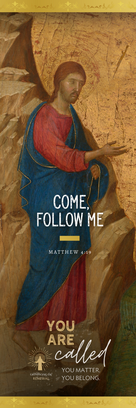
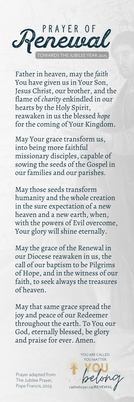
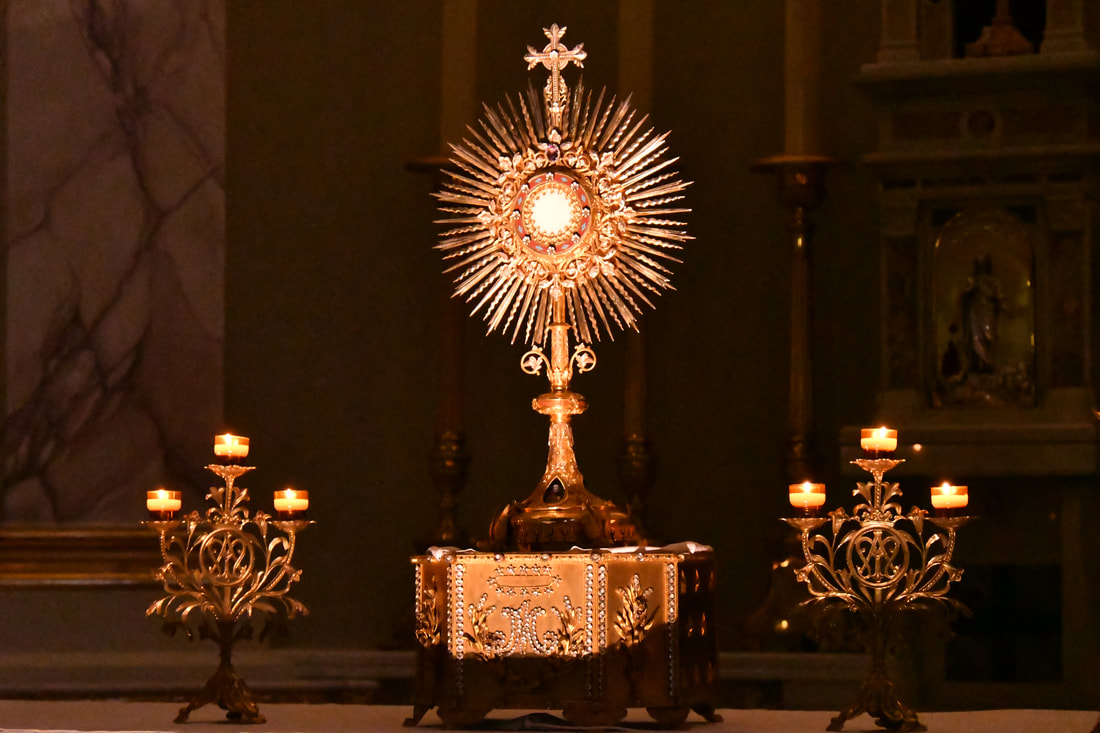
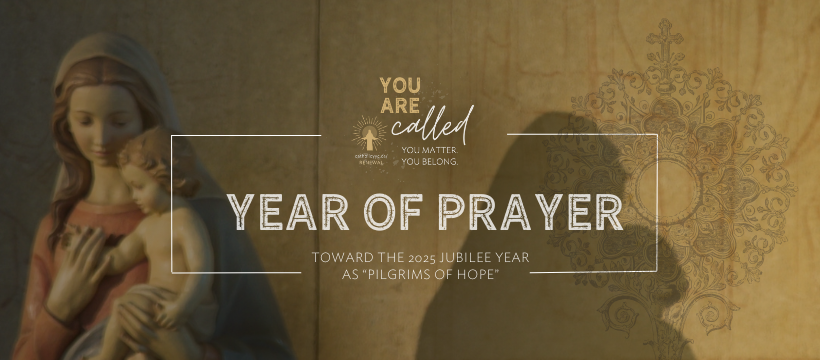

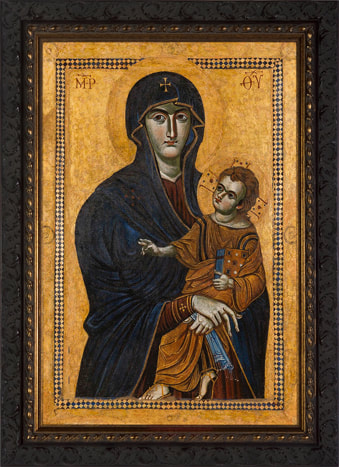

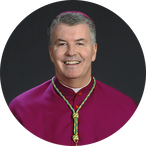
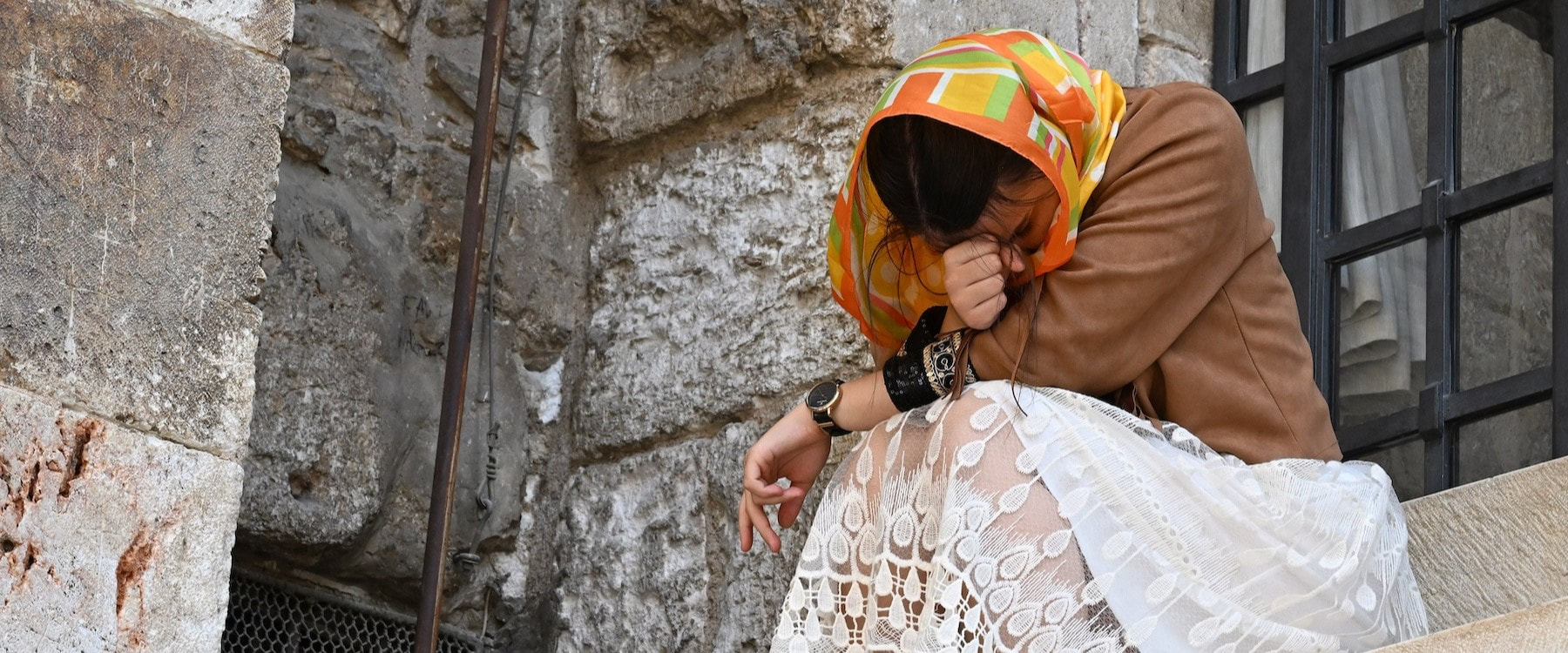
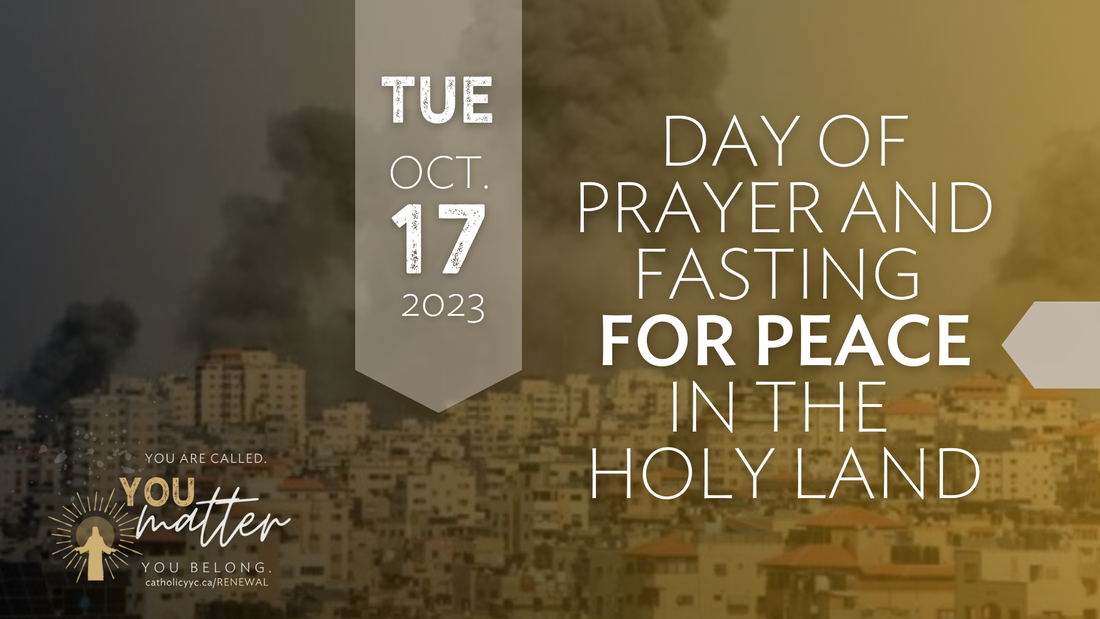
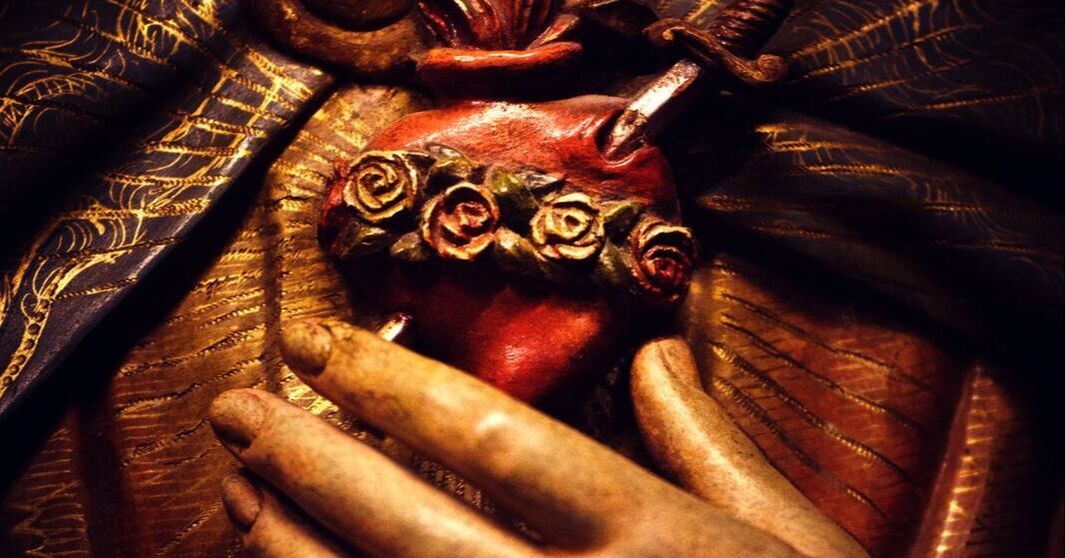


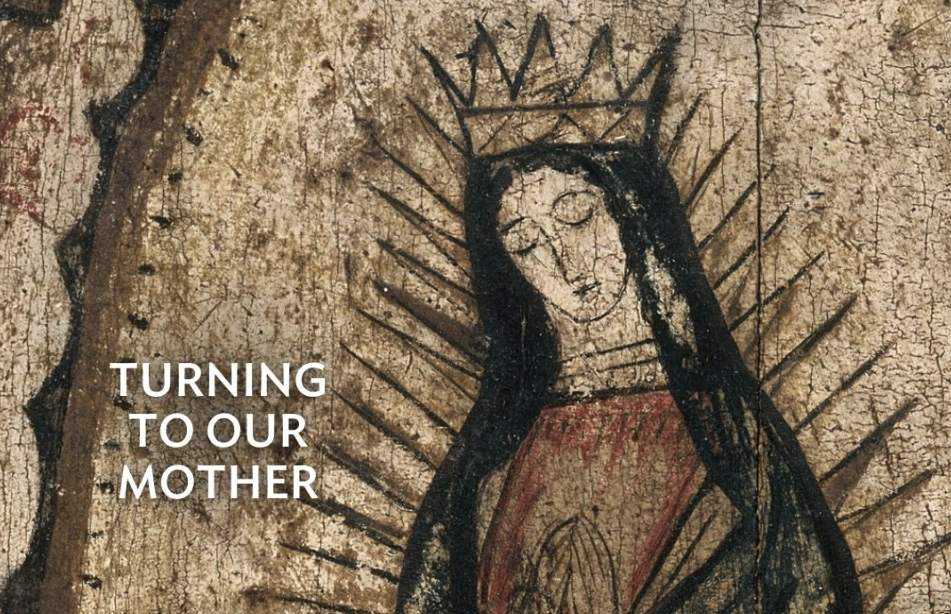
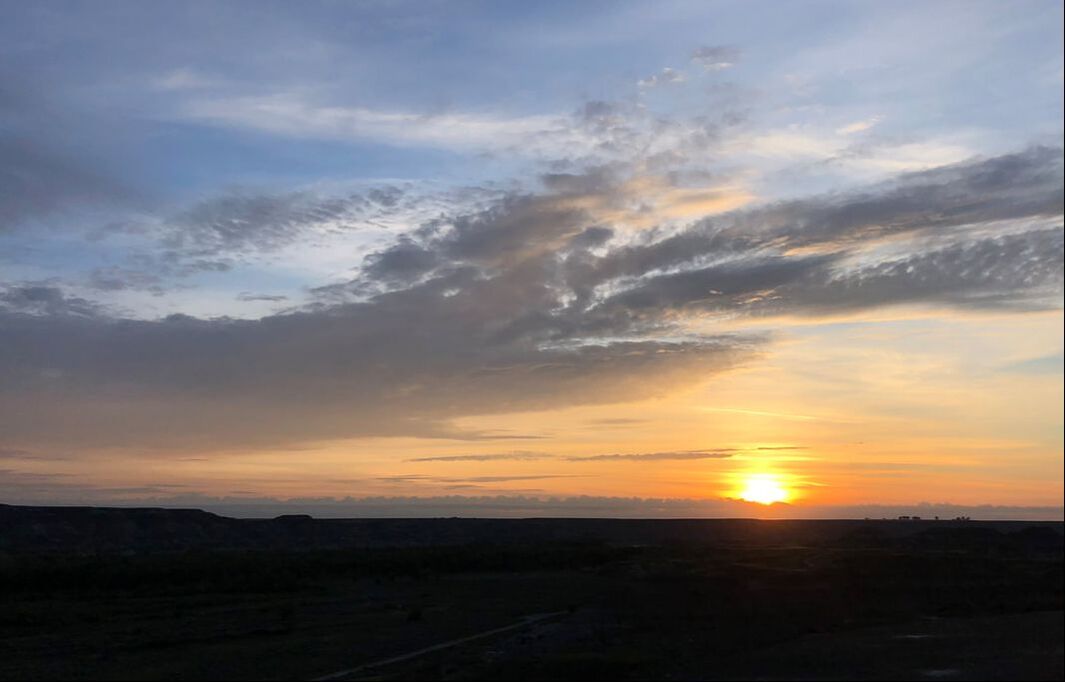

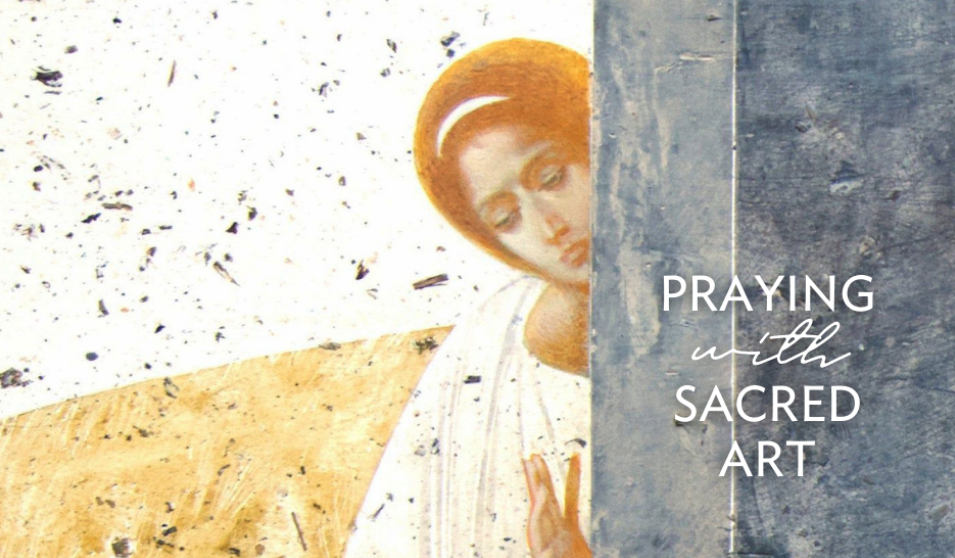
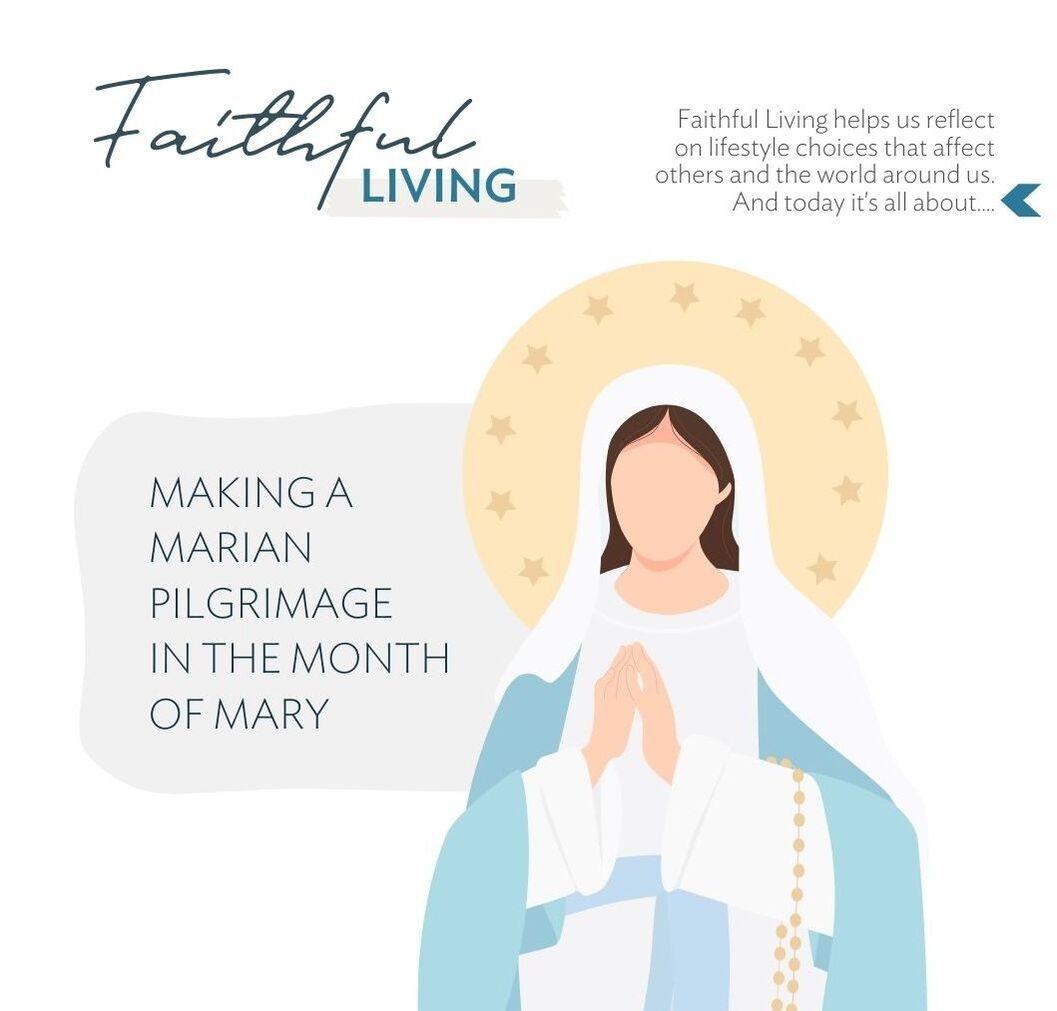
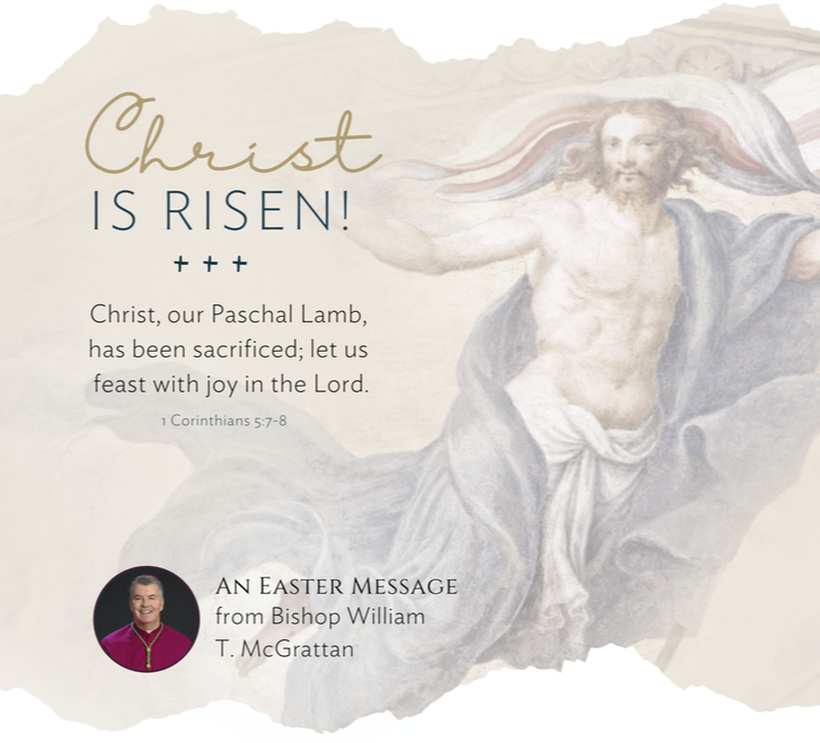

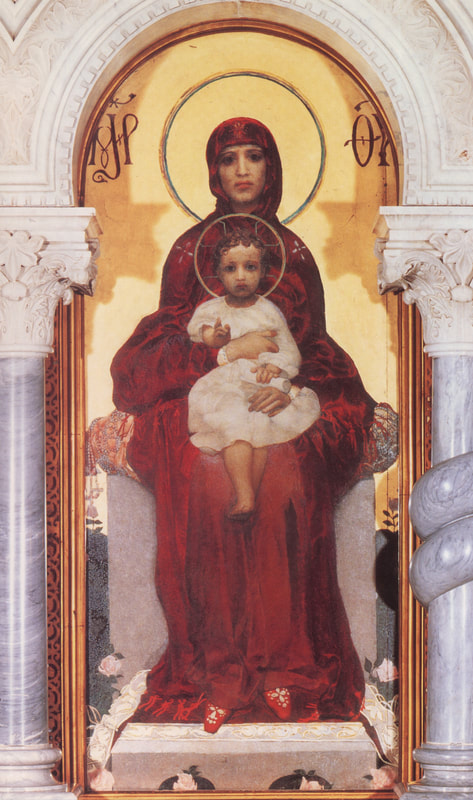


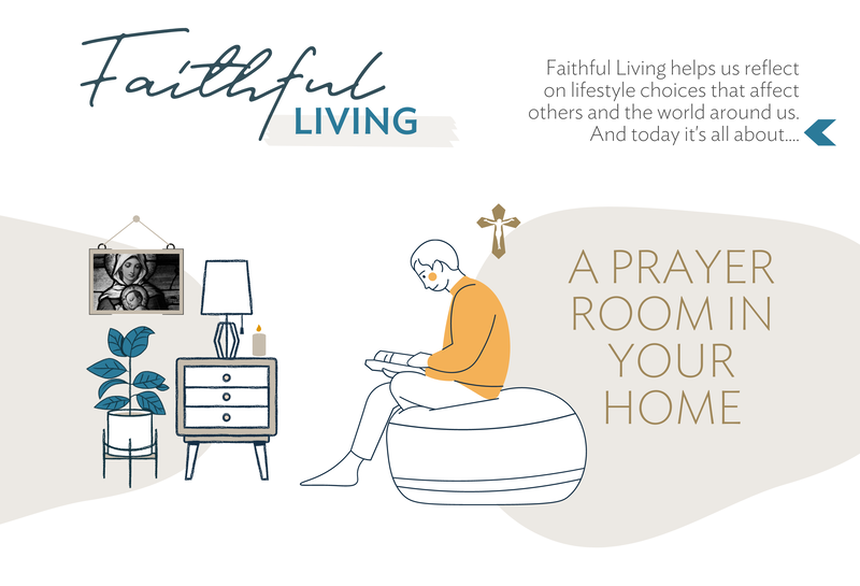
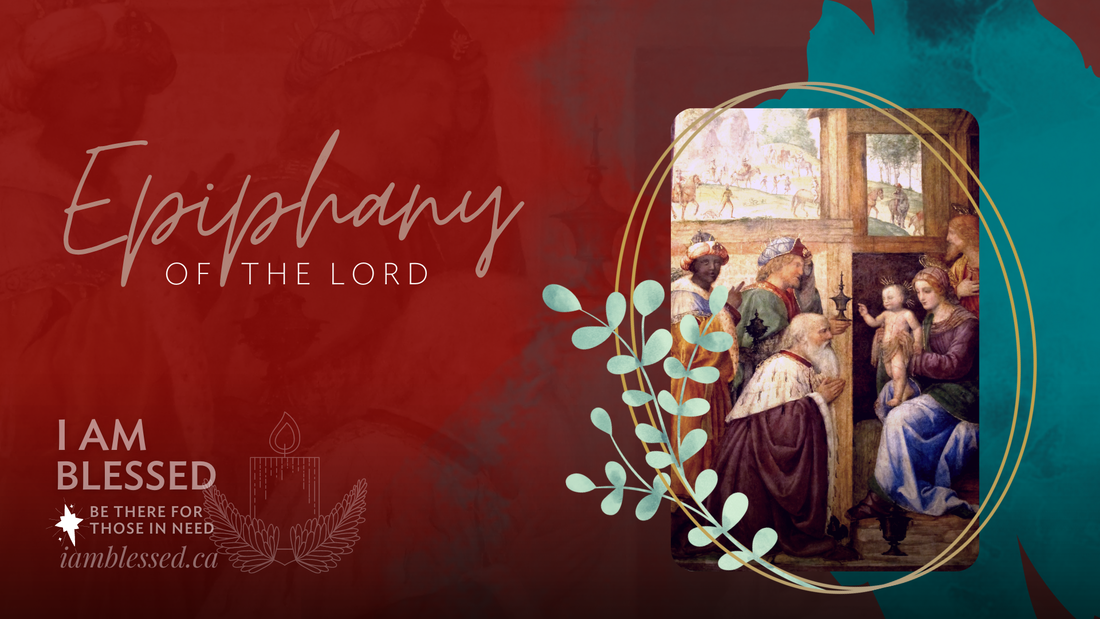
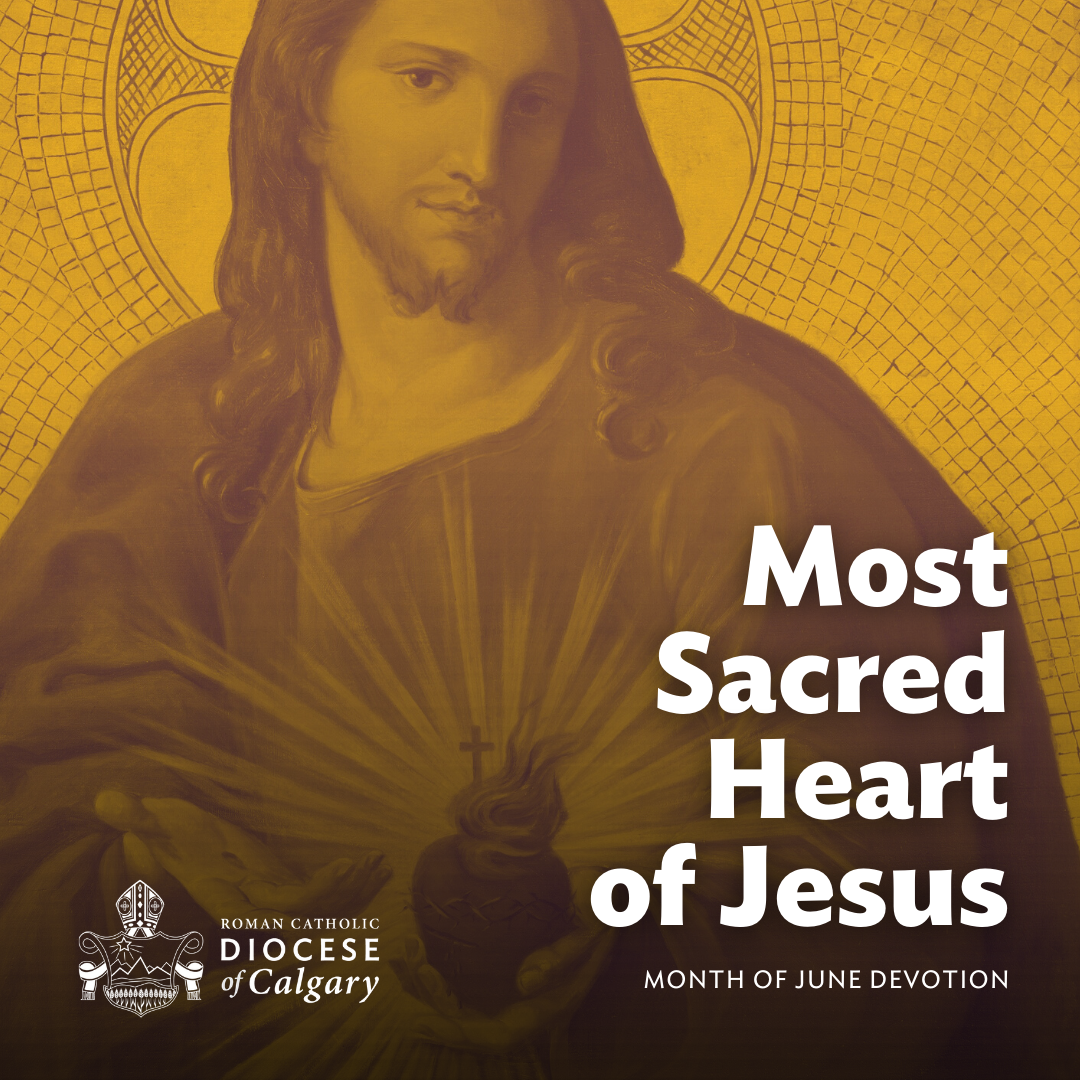
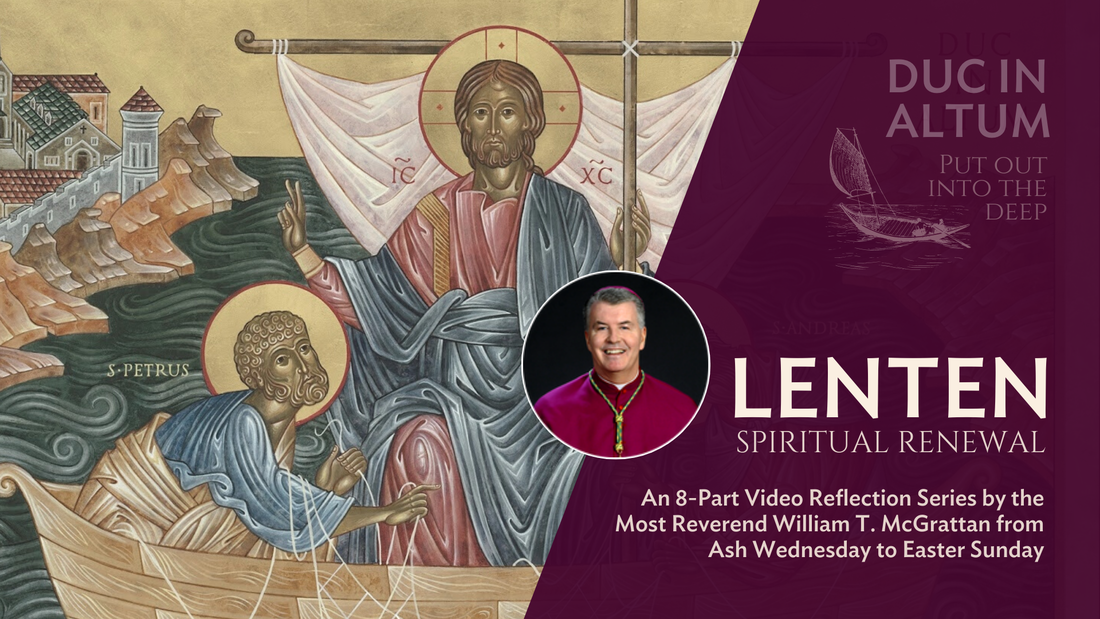
 RSS Feed
RSS Feed